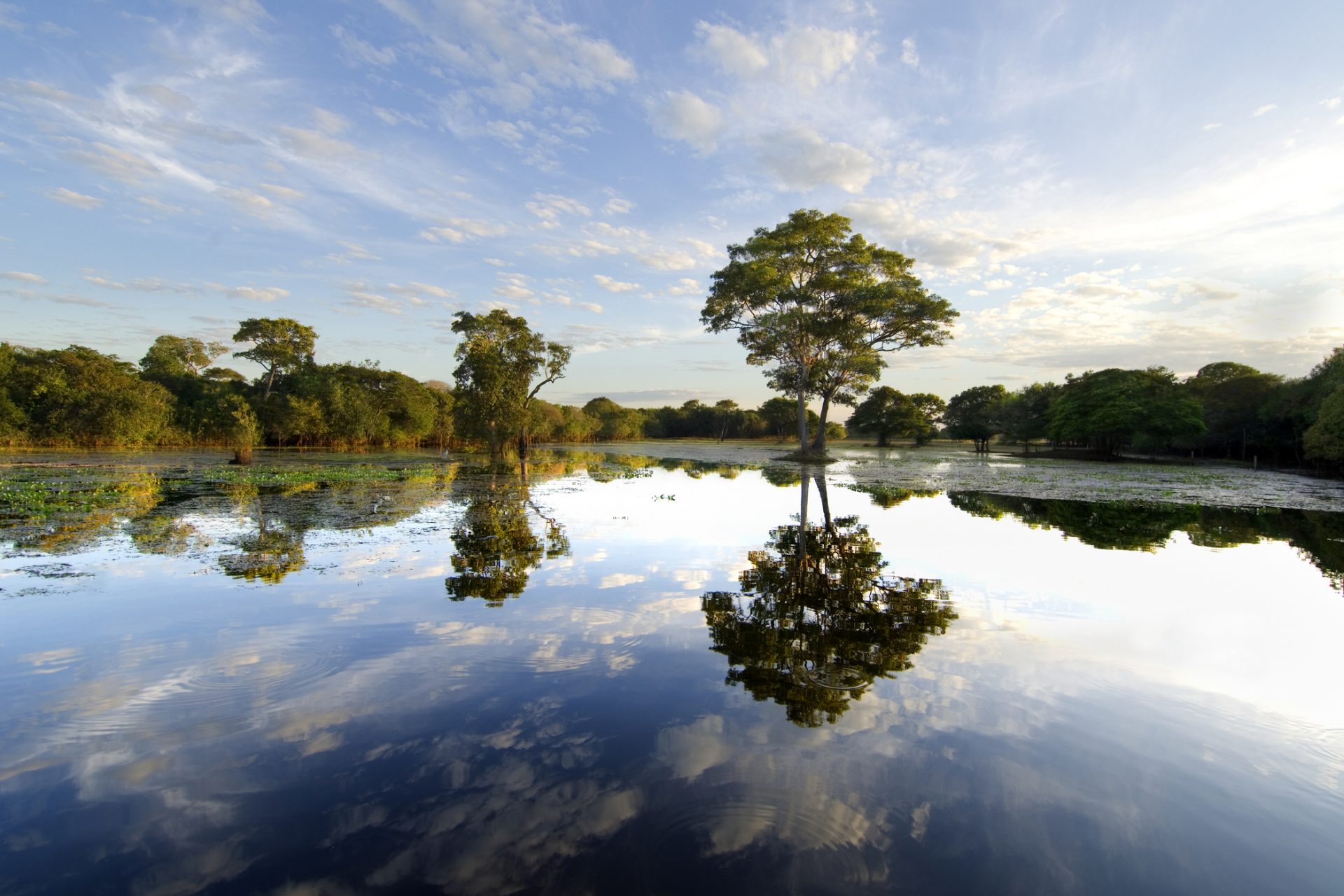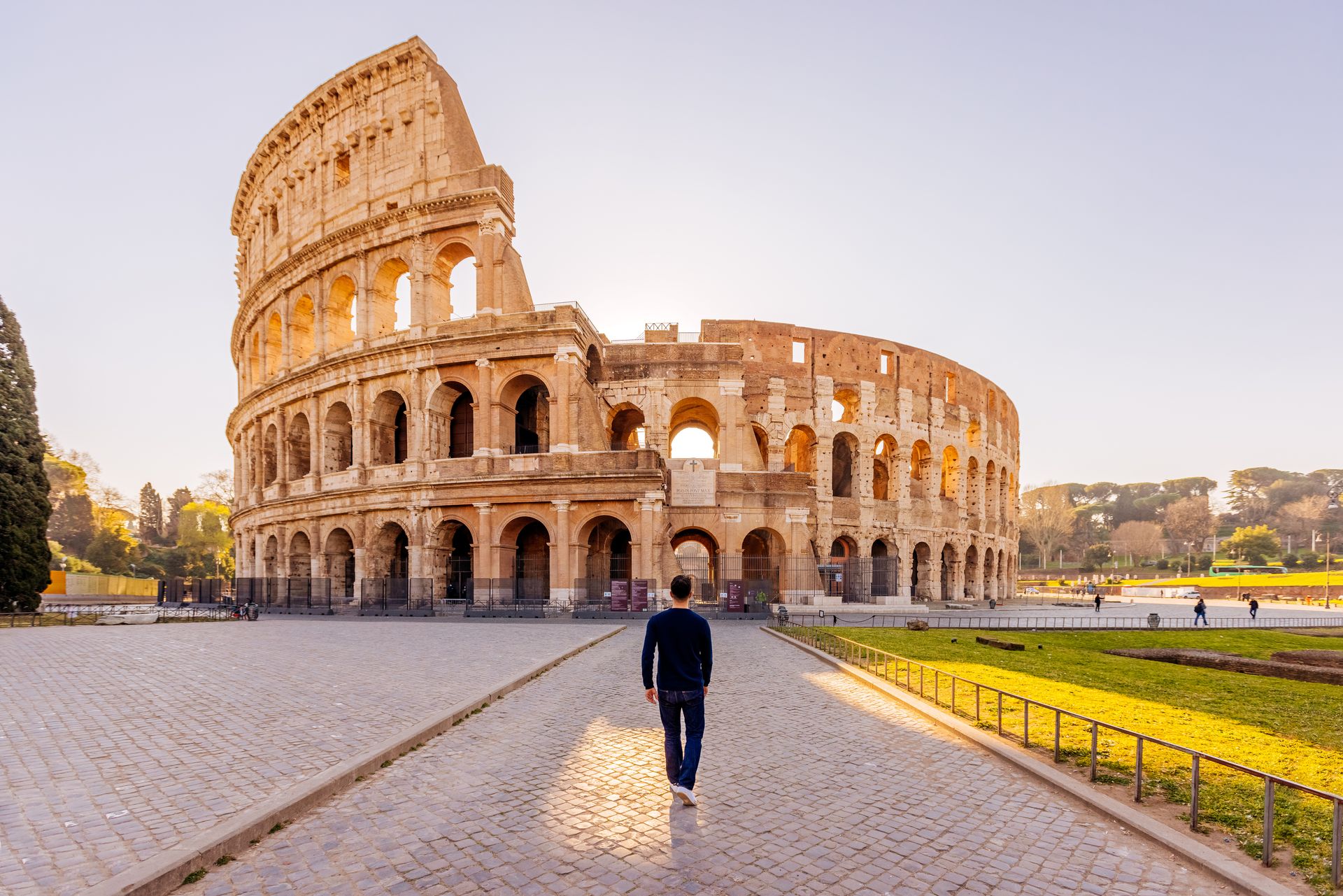Starlight destinations: a new form of tourism
Times are changing and so is tourism. One of the unique and more popular new ways of exploring the world is Astrotourism, also called 'Starlight' tourism.
This form of tourism focuses on enjoying the amazing night sky in places that are far away from the city buzz. It is a way to explore and discover the most beautiful sights and special secrets you never knew about the sky.
'Starlight' is also a sustainable, quality, and responsible way of tourism towards the environment. It is an entertainment that is not only based on observation and awareness but also on bringing resources and wealth to less populated areas.
This kind of tourism offers us several destinations and Starlight Reserves where you can perfectly admire the night skies thanks to their characteristics and enjoy different tourist spaces nearby, such as accommodations, and observation centers, always under the supervision of specialized personnel. It's a complete experience that is certain to be satisfactory.
According to the International Dark-Sky Association, a Starlight Reserve "is a protected natural area where a commitment to protecting the quality of the night sky and access to starlight is established. Its function is to preserve the quality of the night sky and the different associated values, whether cultural, scientific, astronomical or the natural landscape."
These reserves are also organized in different areas. They have a 'core' or dark area where the lack of light pollution allows you to see the full splendor of the night sky.
The 'core' or dark area is protected by another peripheral or protective area that avoids light contamination and ensures the experience of tourists.
Lastly, there is an exterior area that meets smart and responsible lighting criteria to avoid light pollution as much as possible.
The recognition of a Starlight Reserve comes with a Participatory Action Plan and a set of recommendations thought to preserve and recover the quality of the night sky, but always, as the International Dark-Sky Association maintains, taking into consideration cultural, educational, scientific, and environmental benefits.
Apart from the objectives and purposes of the Starlight Reserves, the 'Declaration on the Defense of the Night Sky and the Right to the Starlight' was approved at the Starlight Conference held on the Spanish island of La Palma in April 2007.
In October of that same year, at the headquarters of UNESCO in Paris, it was agreed to develop the contents and action plan of the Starlight Association. A project that was finalized thanks to the work group 'Starlight Reserves and Heritage Sites' on March 11 2009.
So, where are the main 'Starlight' tourist locations in the world to enjoy the secrets and splendors of the dark sky? The International Dark-Sky Association divides them into 21 countries all over the world…
The absolute leader of 'Starlight' destinations is the United States. It has almost seventy places where you can enjoy the splendor of the night skies. Some of them are Beverley Shores, Big Cypress National Preserve, Borrego Springs, Canyonlands, Capitol Reef, Cherry Springs, Clayton Lake, Death Valley, Flagstaff, Great Canyon, Headlands, and the Hudson, Newport, or Sedona lakes.
In the United Kingdom, there are more than a dozen 'Starlight' destinations: Bodmin Moor, Brecon Beacons, Elan Valley Estate, Exmoor, the Galloway Forest, Coll Island, Shark Island, Moffat, Northumberland, Snowdonia, and South Downs National Park.
Surprisingly, in this oceanic country, there is only one internationally certified 'Starlight' place to visit. It is the Warrumbungle National Park, located more than 341 miles from Sidney in South New Wales. It is the most visited natural park in this Australian region.
Image: Australian National Parks
This is one of the countries with the biggest number of Starlight Reserves: 25. Among them, we have the Acadian Skies & Mi'kmaq Lands in Nuova Scotia which was the first place to receive a 'Starlight' certification in North America; Beaver Hills in Elk Island National Park; the Bruce Peninsula; Cypress Hills, in Alberta; and the Jasper, Kejimkujik, Kouchibouguac, Lakeland, McDonald, Mont-Mégantic or Mount Carleton parks, among others.
The International Dark-Sky Association also granted two certifications to two areas in France. The Regional Natural Park of Luberon located in Vaucluse and Alpes-de-Haute-Provence, and the Pic du Midi reserve, which includes two areas declared World Heritage Sites by UNESCO: the Pyrenean mountains and Mont Perdu and the area of the French Way of Saint James.
Just next to France, in Germany, we have three ideal parks to do Astrotourism: the Eifel National Park, in the federal state of North Rhine-Westphalia; the Rhön Biosphere Reserve; and the Westhavelland Natural Park, in the federal state of Brandenburg.
The only African country on the list is Namibia. There, we have the NamibRand Natural Reserve which has a gold category as a Dark-Sky Reserve. It was created to protect and preserve the unique fauna and wildlife of the Southeast part of the Namib desert. Now it also helps to preserve the dark skies through a respectful Astrotourism.
Chile has three 'Starlight' destinations. They are the Reserva Nacional Alto Loa, in the Antofagasta Region; the National Park Bosque Fray Jorge, set in the Ovalle village (Coquimbo), near the city of Ovalle; and the Dark-Sky Sanctuary of 'Gabriela Mistral', located in the Elqui Valley.
In this Central European country, there are two areas where you can enjoy the splendor of the dark sky. One is the protected landscape of the Beskides, the biggest 'Starlight' space of the country located in the Outer Western Carpathians; and the Bukovec, Raseliniste Jizery, and Rybi Loucky natural reserves and the protected landscape of Jizera Hills.
Another Central European country, Hungary, has three interesting Astrotourism spots. We are talking about the Bükki and the Hortobagy National Parks, the latter being the biggest one in the whole country. The other 'Starlight' location is the protected landscape of Zselic, considered to be the first starry sky park in Hungary.
Image: Zselici Csillagpark
As we move to Asia, most specifically to South Korea, we visit the Yeongyang Firefly Eco Park, a natural location where we can find the Special Yeonyang Firefly Site and the Landscape Conservation Area and Ecosystem of Wangpicheon.
In Ireland, there is a Starlight Reserve in the Historic National Park of Derrynane in Kerry County. Ireland also has an International Dark-Sky Park that includes the Ballycroy National Park, the Wild Nephin Wilderness, and the protected lands of the Owenduff/Nephin Mountains.
Scandinavians also have two certified areas to enjoy the 'Starlight' tourism. They are the islands of Møn and Nyord, which include the communities settled there as well as the Møn Biosphere Reserve.
Since 2014, there has been just one Starlight Reserve in Italy: The National Park and Biosphere Reserve of Sila, located in the Italian region of Calabria which expands through three provinces, Crotona, Catanzaro, and Cosenza (a total surface of 73.695 hectares).
In the Netherlands, there are two 'Starlight' destinations: The De Boschplaat Dark-Sky Park which includes the Natural Reserve of De Boschplaat and the Sea Biosphere Reserve of Waddense; and the Lauwersmeer National Park in the provinces of Groningen and Friesland.
In New Zealand, we have the Dark-Sky International Reserve of Aoraki Mackenzie in the Mount Cook International Park, and the International Dark-Sky Sanctuary of Aotea Island.
Spain is one of the countries where we can find a lot of 'Starlight' areas, these are controlled by the Starlight Foundation. We have Teide, La Palma or Betancuria National Parks in the Canary Islands; North Gredos in the Sierra de Gredos National Park; Gúdar Javalambre, Los Pedroches, Monfragüe, Montsec, Sierra Nevada or Sierra Morena locations.
In the center of the European continent, in Poland, we have three certified areas: The first one, the Starry Night Park of Bieszczady, which includes the Bieszczady National Park, the San Valley Landscape Park, Cisna-Wetlina Landscape Park, and the West Carpathian and Beskid Biosphere Reserve. The other two are the Dark-Sky Park of Izera and the Sopotnia Dark-Sky community.
Very close to Poland, we have the Dark-Sky Park of Beskydy in Slovakia. There, we can visit the Kysuce Protected Landscape (with two national monuments) and the Poloniny Protected Landscape. Poloniny extends to the Poloniny National Park and the villages of Kolonica, Ladomirov, Kalná Roztoka, Klenová, and Ruská Volová; and the Carpathian and German beech forests which are World Heritage Sites.
In Portugal, we have the only certified 'Astrotourism' destination: The Alqueva Starlight touristic area. There, you can visit the megalithic sites of Evora.











































